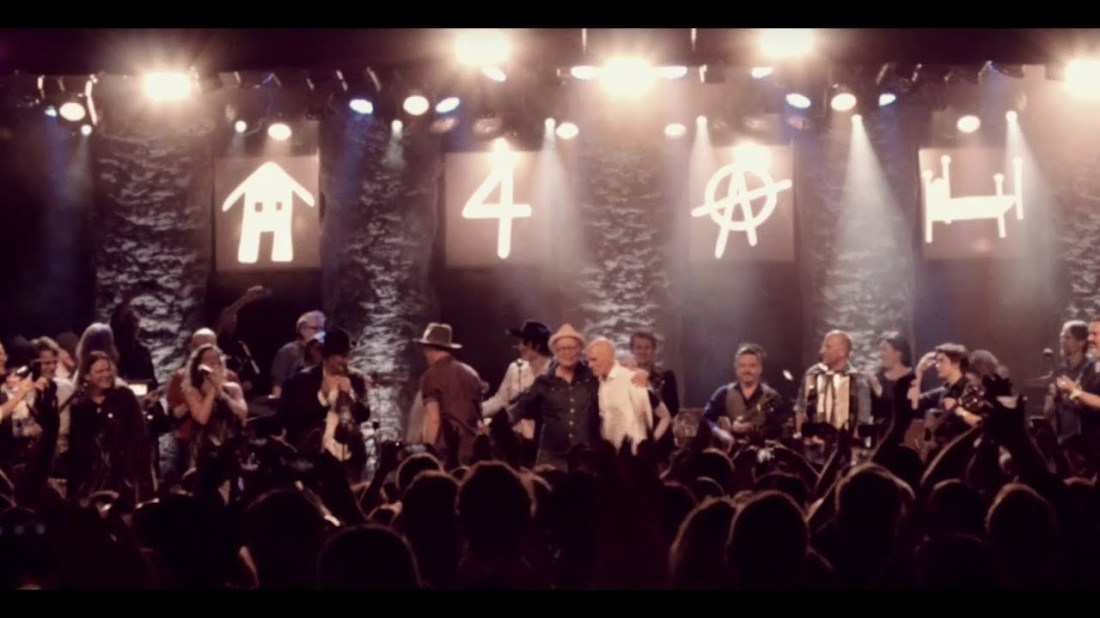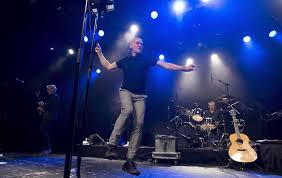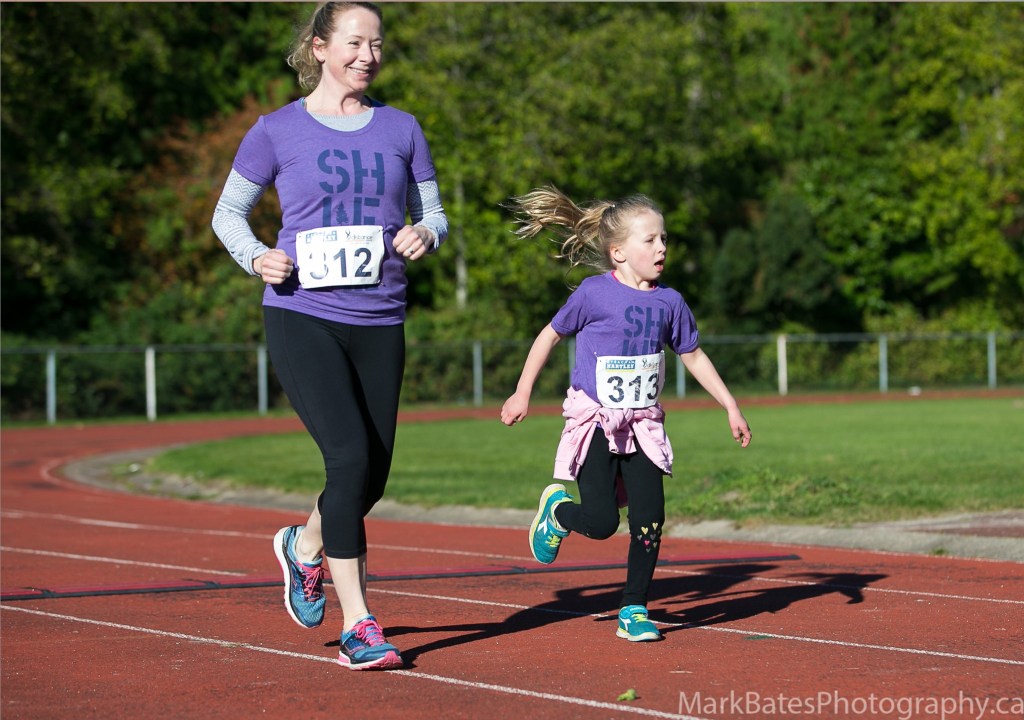
Today is Canadian Thanksgiving. I have so much to be grateful for that it’s overwhelming at times. I know how blessed I am. Not everyone gets to sit down and feast with loved ones, and not everyone has people believing in them so fiercely that they know mountains would be moved to help them achieve their potential.
I have always known that food, family, and opportunities existed for me. My legs, my lungs, and my will are strong. So for those reasons, I will take part in the Strachan Hartley Legacy Foundation (SHLF) run today to raise money for Streetfront. Today we will do it virtually. You can too: https://www.shlf.ca/
The Hartley Family
I didn’t know Strachan Hartley very well. I mean I knew who he was, everyone at my high school did, but he was a year older than me and something of a Greek god. Sure, our paths crossed over the high school years, but more me watching football games on the sidelines or seeing him do laps as he crossed the stage to collect his awards at the end-of-year ceremonies annually.
I knew his sisters from gymnastics. Aimee-Noel was in one of my early pre-competitive groups. I was intimidated by her intensity. Blythe came along later at the same level as me but five years my junior and decidedly better than me. Also, intimidating. And finally, Mary Ann worked at the school and was someone in charge you respected and didn’t mess with. It was only later that I got to know Wyatt (and his lovely wife Vanessa) and Michael Hartley and learned of their admirable accomplishments as well combined with being just awesome-cool guys. The Hartleys are, and always have been, a force.
Strachan’s Story
I was part of the original group who responded to the call from the Hartleys to join them in starting the Strachan Hartley Foundation after Strachan passed away. Why did I want to put in my time to a fledgling organization for someone who, yes I admired, but I barely knew?
It was 2007 and social media was still new at the time (for timeline context, I think I still had an active MySpace account). Aimee-Noel was someone I had recently started following. I learned about Strachan’s battle with cancer and followed the story closely, sure that it would have a happy ending.
I mean, this guy always seemed like he was not a mere mortal: top athlete and student, now a medical doctor, a role model, and deeply loved by his beautiful wife, friends, and family. Aimee-Noel shared each step of the journey, all the way to his tragic passing. I couldn’t grasp how someone who had so much to offer to the world and had fought so hard to stay in it could be gone. It didn’t make sense to me, or anyone else following the heartbreaking story.
The First SHLF Run
So, when Aimee-Noel, one of the fiercest and empathetic humans I have ever met, asked for help to start a foundation in Strachan’s name, I jumped in headfirst.
We met in August and decided to do something to recognize Strachan’s birthday in October. The mission of The Foundation was, and still is, to help give youth the opportunity to reach their potential. A run seemed like a natural fit. It would be at our high school and we would invite everyone we knew. That’s all we knew about how to run a run.
Somehow, that first run came together by the skin of our teeth in just over two months. Talent and passion fueled this small but determined motley crew and the run was a huge success. One of Strachan’s best friends, a brilliant artist and graphic designer, quietly designed the routes, signs and pretty much everything else that needed designing.
Another friend, got everything from coffee to bananas donated from local supporting vendors. Someone else used their connections in the running world to secure participant bibs. We had no idea how many people would actually turn out on the day so underestimated the number of bibs we would need. At one point, one of the other founding members, Shannon, and I started ripping printer paper in half and writing random numbers with sharpies and handed out “bibs.”
No one minded. In fact, everyone who attended said they had an amazing time. We raised a ton of money and reached a huge group of what came to be incredibly loyal supporters. The run was an event that brought the community together in grief and created joy and appreciation for life.
The SHLF Run Legacy
It was the first time I had been a part of anything like this. Any volunteer stints I’d done in the past had been short-lived with limited emotional involvement. SHLF required me to stretch beyond my comfort zones, think outside the expected, and do it with people I really hadn’t known well previously. And it was the best thing I had ever done.
It wasn’t about me, and as the years went on, it wasn’t even about Strachan anymore. The Foundation was indeed making a difference in the lives of the kids at Streetfront, the organization we supported financially. Seeing firsthand that when kids have someone who believes in them and gives them a chance to show what is inside them, and most importantly when they feel seen, they begin to do great things.
Many of the “kids” from Streetfront are now in their 20s and 30s and making their own positive impact in the world. SHLF provides a significant amount of funding to Streetfront, allowing the program to operate and reach more young lives. Through Streetfront, we are taking small steps to make positive change that reverberates beyond self.
In the early days of SHLF, the supporters were all friends, family, and community members touched in some personal way by Strachan’s story and the Hartley family. Aimee-Noel knew we needed to make it about more to sustain the Foundation long-term. Her goal was to fulfill one of Strachan’s final wishes — to make his life more significant in his death.
How to Make a Difference, Even During a Pandemic
Now, 15 years later his legacy lives on through the Streetfront program. Yes, Hartley friends and family from that first run still come out every year but they are standing side by side with people who never met Strachan. In the case of the Streetfront kids, they may not even have been on the earth at the same time as Strachan. And yet, the run continues to build.
Through so many changes, including two years of a global pandemic when we can’t meet in person, the spirit of the run continues and is still changing lives. We have all been through a lot in the past 18 months, and there is a lot of frustration and desire to do something. To feel like we have some control over what is happening in the world.
For me, working with and supporting SHLF is one small way I can help because, as in the beginning 15 years ago, it is not about me. It is about what I can do to foster small positive change in even just one other person and know that there is a chance for that change to do the same for another person and another. It is how we make a difference.
Register to run, donate, or buy this year’s Todd-designed SHLF Run shirt: https://www.shlf.ca/the-run/

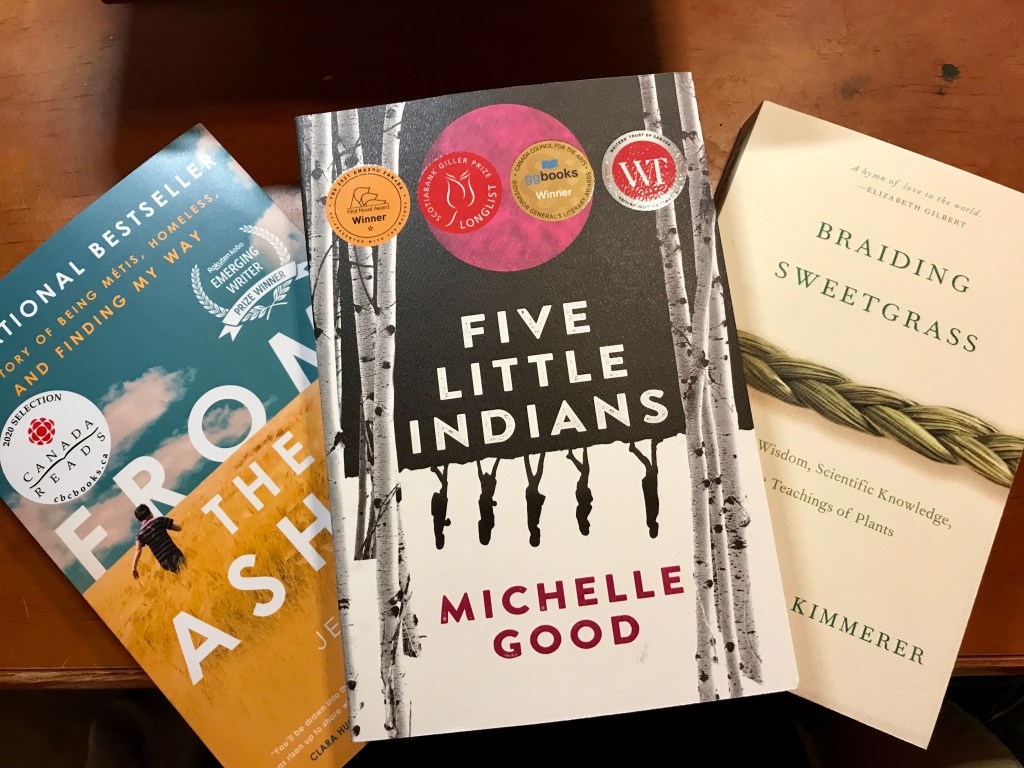
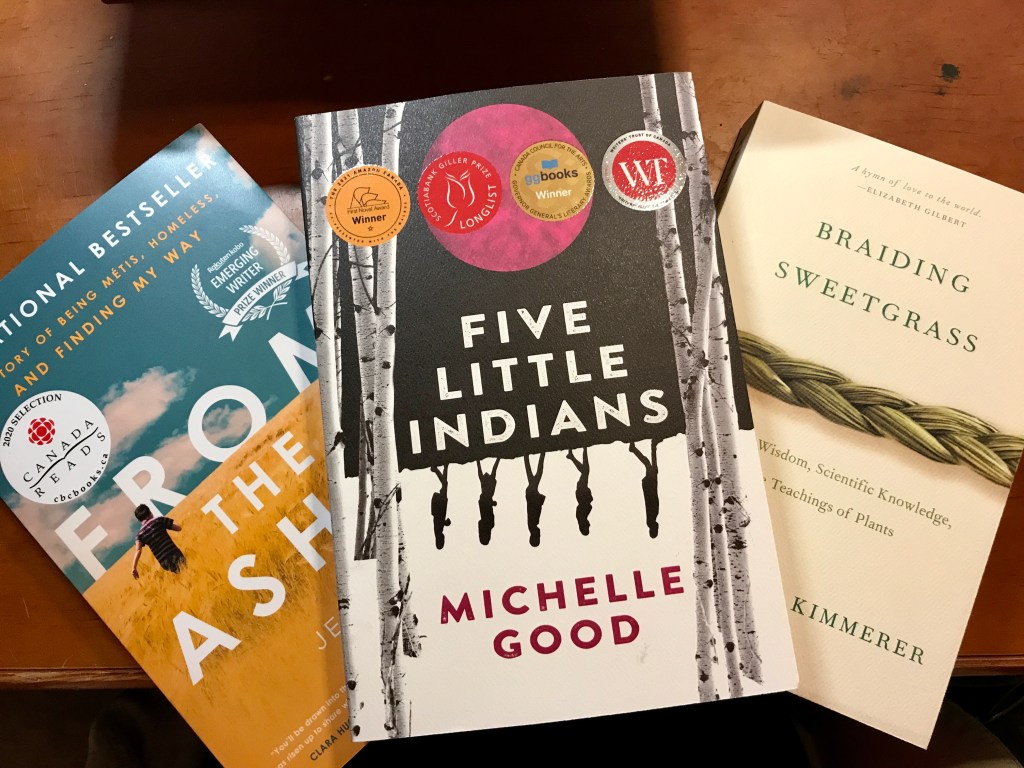
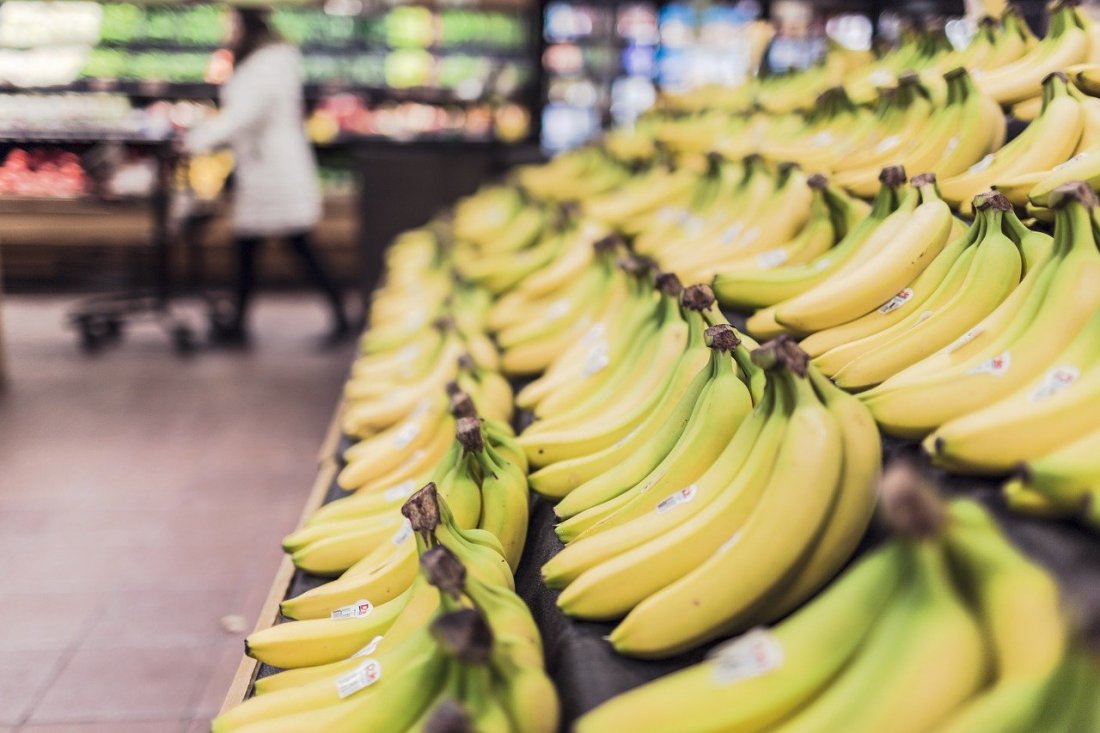
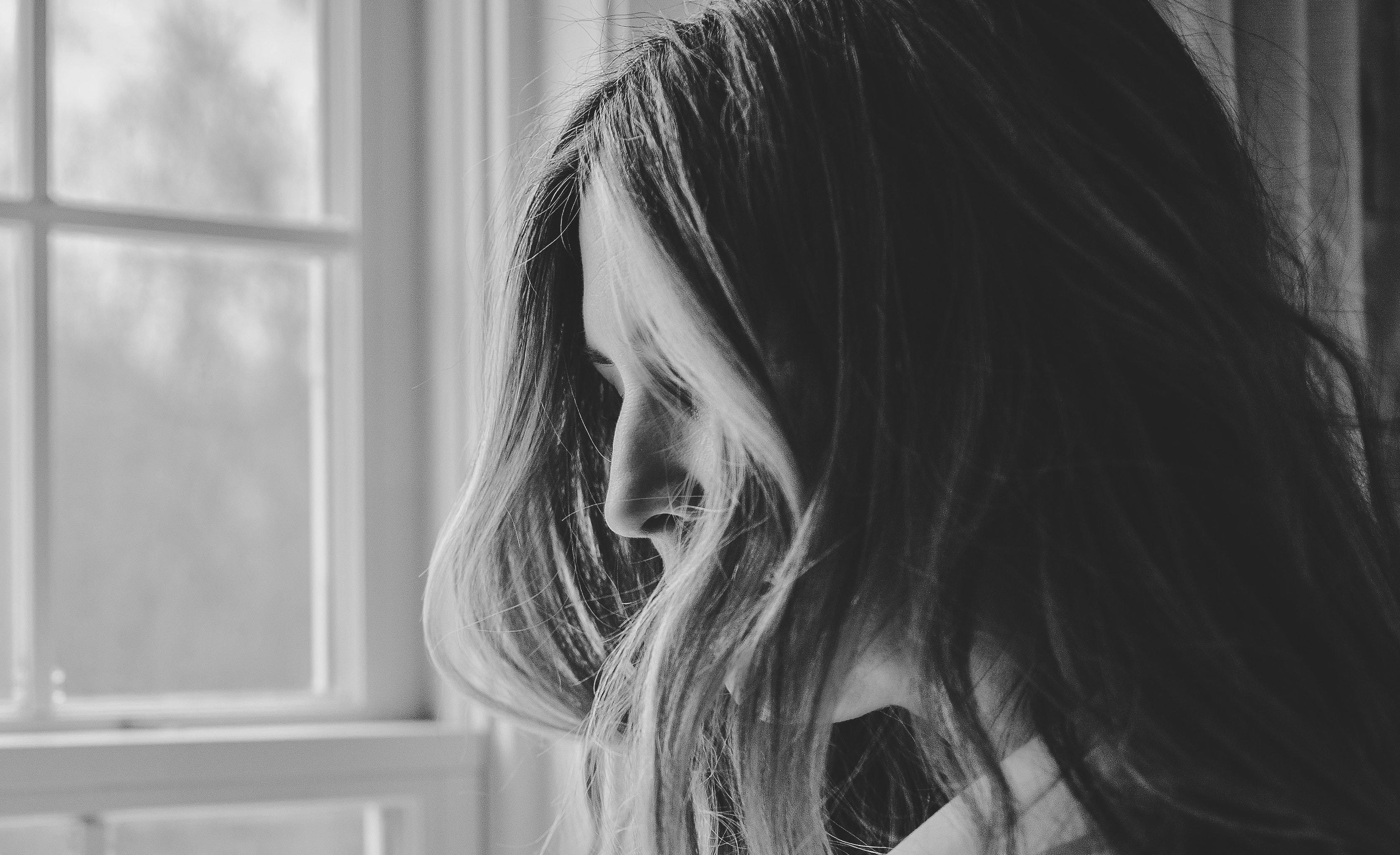
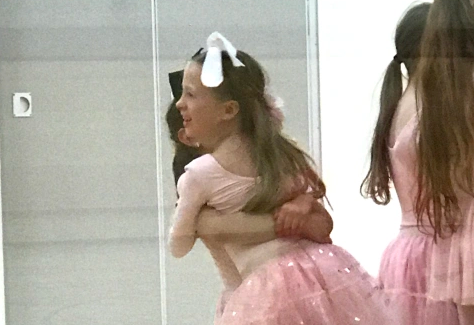
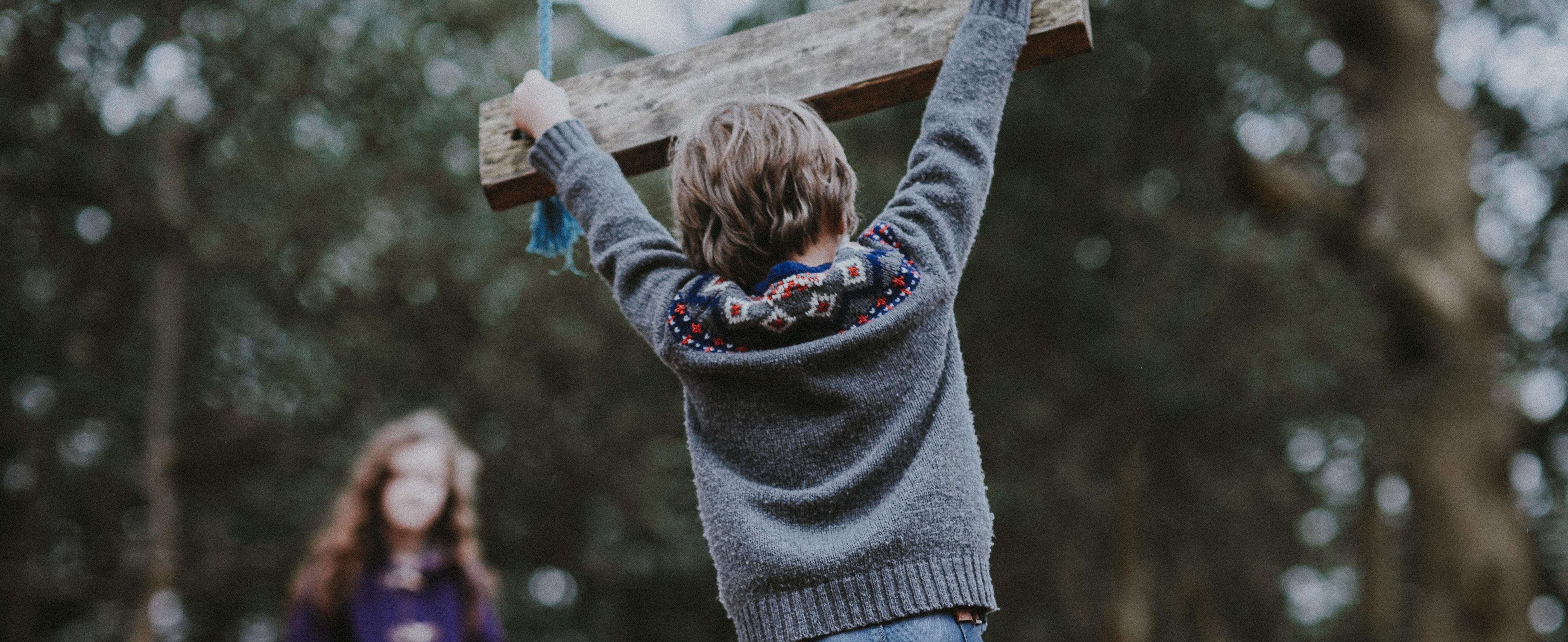
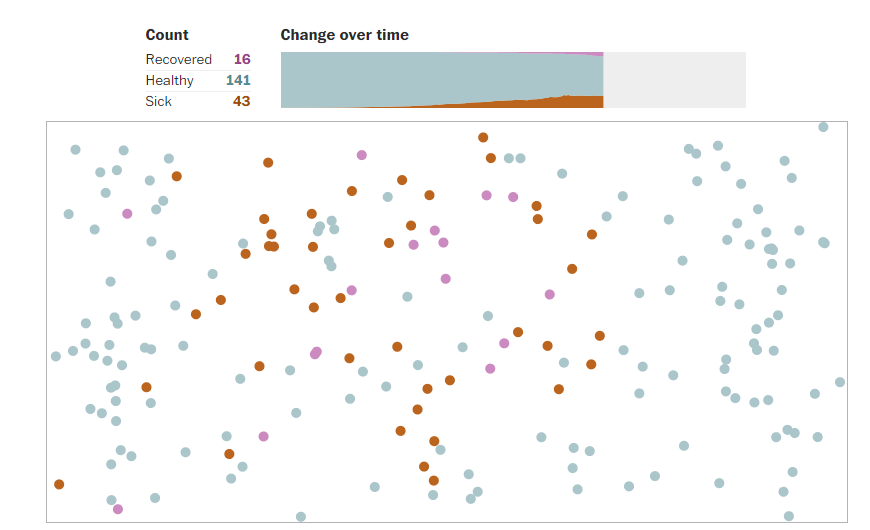
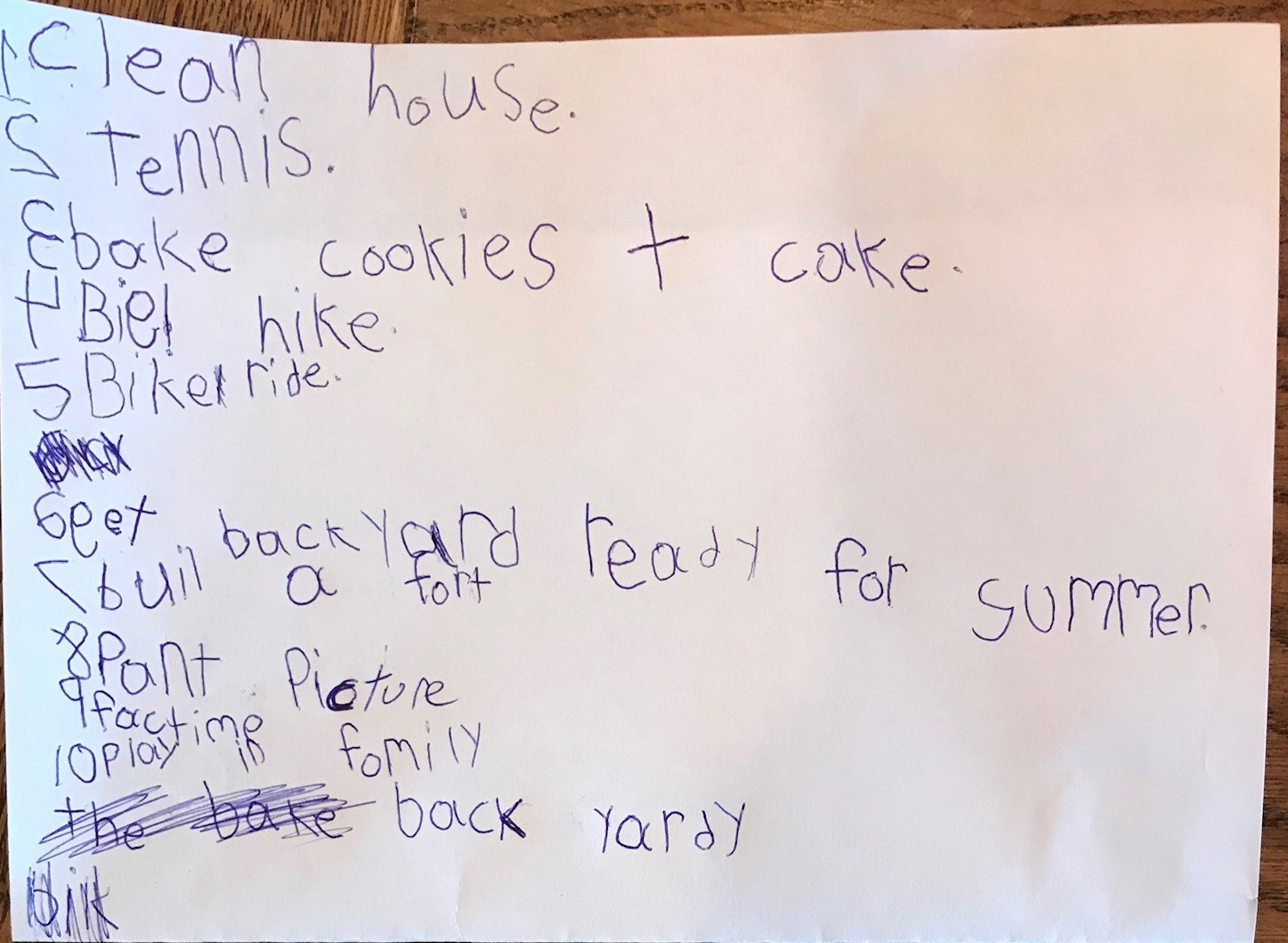
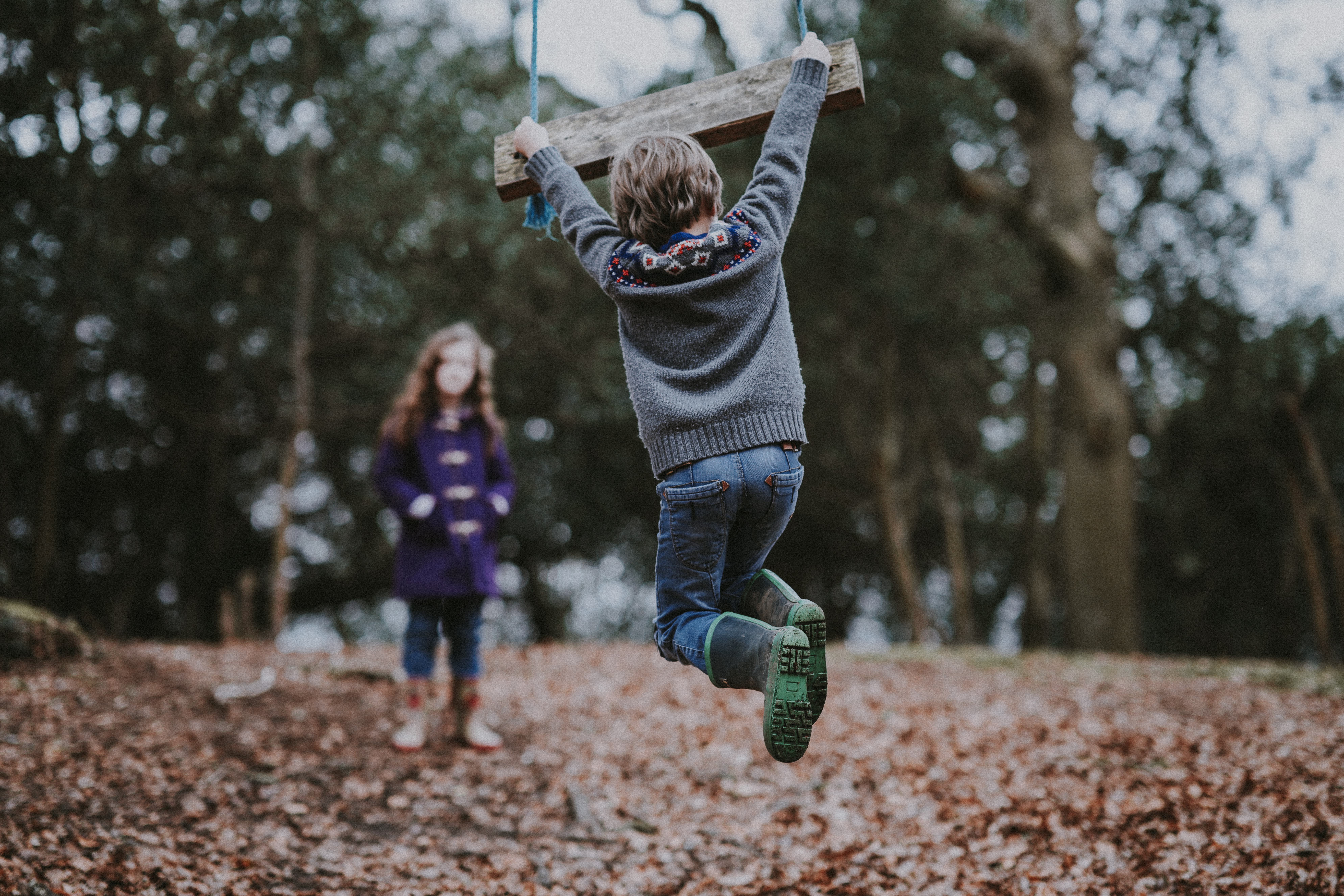

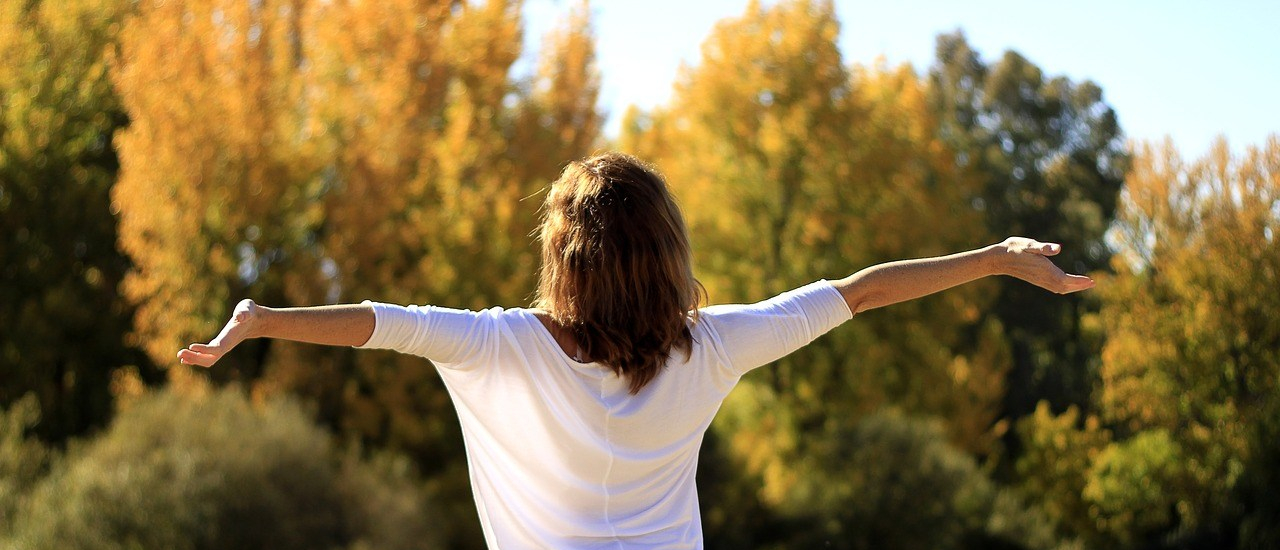

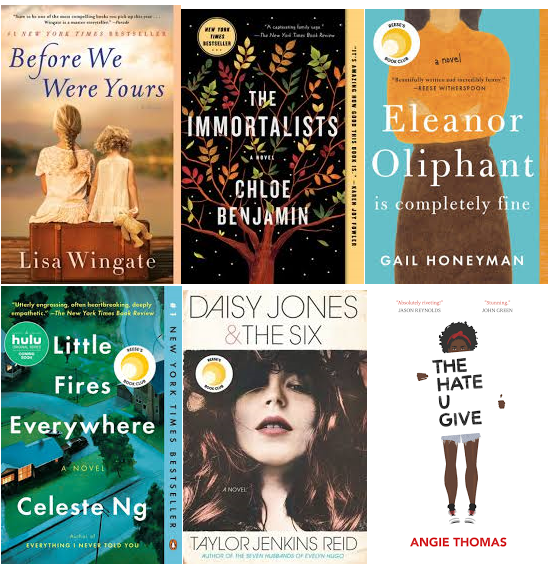
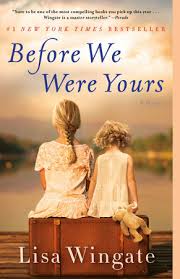 My six year old was drawn to the cover. It shows a peaceful scene of two little girls holding each other on a dock at sunset. She kept asking me about the story and as I read more and more I struggled to tell her what I could about what happened to the little girls. I put it in simpler terms but essentially this is what I told her:
My six year old was drawn to the cover. It shows a peaceful scene of two little girls holding each other on a dock at sunset. She kept asking me about the story and as I read more and more I struggled to tell her what I could about what happened to the little girls. I put it in simpler terms but essentially this is what I told her:
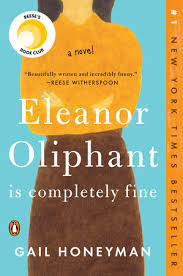 Eleanor Oliphant is Completely Fine is like the sign on your rearview mirror – objects are closer than they appear. At first, Eleanor comes across as an ordinary eccentric. She isn’t terribly likable to pretty much anyone and doesn’t seem to care. However, this is not a story about accepting one’s uniqueness because that is how you were born. Nope, it is a story of survival against cruelty and the powerful effect of having just one person believe in you.
Eleanor Oliphant is Completely Fine is like the sign on your rearview mirror – objects are closer than they appear. At first, Eleanor comes across as an ordinary eccentric. She isn’t terribly likable to pretty much anyone and doesn’t seem to care. However, this is not a story about accepting one’s uniqueness because that is how you were born. Nope, it is a story of survival against cruelty and the powerful effect of having just one person believe in you.  I totally get why this was such a popular book this year. I really liked it and wanted to keep learning more about this fictional band and their year where they climaxed to the top of the pop culture world. Dirty and self-indulgent, it is everything that 1970s rock and roll was all about.
I totally get why this was such a popular book this year. I really liked it and wanted to keep learning more about this fictional band and their year where they climaxed to the top of the pop culture world. Dirty and self-indulgent, it is everything that 1970s rock and roll was all about.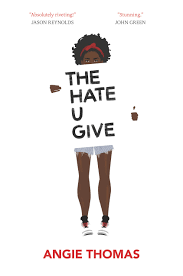 I wasn’t sure I would like The Hate U Give. Admittedly, the abbreviated form of U in the title was a put-off. I had heard quite a bit about this book, had seen it everywhere and knew a movie was in the works so decided to give it a shot. I’m glad I did. I couldn’t put it down. After a few pages of Starr’s voice, I understood the title choice and was glad they stuck with it for authenticity.
I wasn’t sure I would like The Hate U Give. Admittedly, the abbreviated form of U in the title was a put-off. I had heard quite a bit about this book, had seen it everywhere and knew a movie was in the works so decided to give it a shot. I’m glad I did. I couldn’t put it down. After a few pages of Starr’s voice, I understood the title choice and was glad they stuck with it for authenticity. 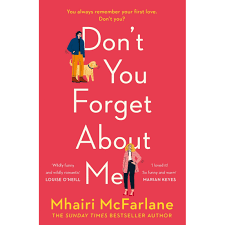 I almost gave up this one. The premise seemed unbelievable and trite, but it redeemed itself halfway through. This was a great second-part of a vacation read – easy to digest, lots of humor but it has substance too (as it turns out).
I almost gave up this one. The premise seemed unbelievable and trite, but it redeemed itself halfway through. This was a great second-part of a vacation read – easy to digest, lots of humor but it has substance too (as it turns out). 

